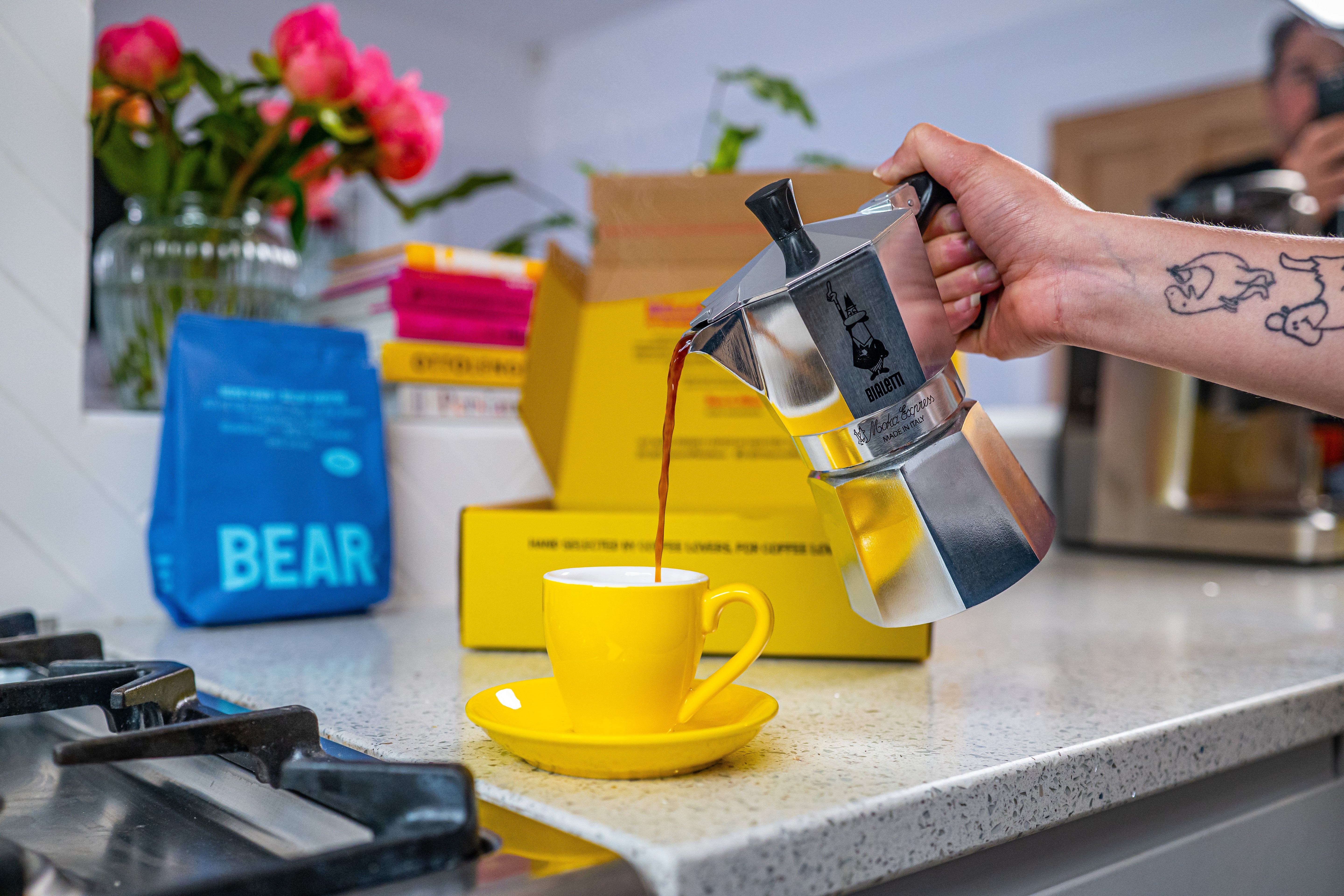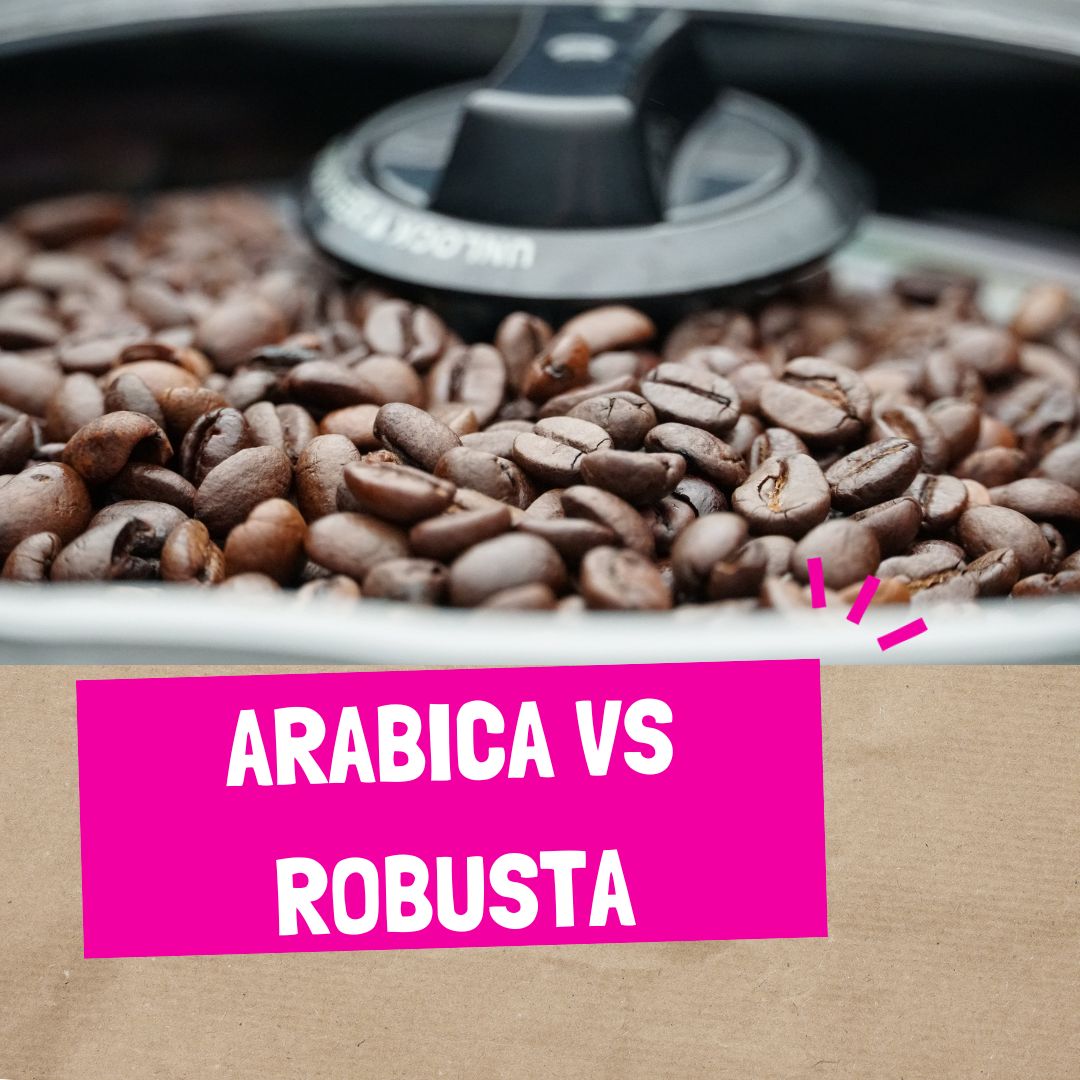A Guide to Coffee Varietals: Understanding What’s in Your Cup
Coffee varietals play a significant role in the flavour, aroma, and overall experience of your brew. A coffee varietal refers to a subspecies or genetic strain of the Coffea plant. Each varietal has unique characteristics influenced by its genetics and growing environment. Whether you're a casual coffee drinker or a speciality coffee enthusiast, understanding the nuances of these varietals can deepen your appreciation for your daily cup. You have noticed in your RISE monthly booklets that each coffee has a different varietal? This does actually have an impact on what the coffee tastes like! Read on to find out more...
What Are Coffee Varietals?
Coffee varietals are specific genetic types of the Coffea Arabica or Coffea Canephora (Robusta) species. They are developed either naturally, through cross-pollination, or intentionally by coffee producers to improve yield, disease resistance, or flavour.
The two main species of coffee plants are:
- Arabica (Coffea Arabica): Known for its complex flavours and higher acidity. It accounts for around 60-70% of global coffee production.
- Robusta (Coffea Canephora): Hardier and higher in caffeine. Commonly used in instant coffee and espresso blends.
Popular Coffee Varietals
1. Typica
- Origin: Typica is one of the oldest known Arabica varietals, thought to have originated in Ethiopia before spreading to Yemen and beyond.
- Flavour Profile: Clean and sweet, often with balanced acidity and subtle floral notes.
- Notable Growing Regions: Jamaica (Blue Mountain), Central America, and Asia.
- Why It’s Special: While Typica is low-yielding, it’s cherished for its exceptional cup quality.
2. Bourbon
- Origin: A natural mutation of Typica, discovered on Bourbon Island (now Réunion) in the Indian Ocean.
- Flavour Profile: Rich and sweet, with fruity undertones and a creamy body.
- Notable Growing Regions: Rwanda, Burundi, and Latin America.
- Why It’s Special: Bourbon trees are more productive than Typica and often produce beans with a complex flavour profile.
3. Caturra
- Origin: A mutation of Bourbon discovered in Brazil.
- Flavour Profile: Bright acidity with a lighter body and crisp finish.
- Notable Growing Regions: Colombia, Costa Rica, and Nicaragua.
- Why It’s Special: Its compact size makes it easier to cultivate in high-density farms, but it’s susceptible to diseases.
4. Gesha (Geisha)
- Origin: Originally from Ethiopia, Gesha gained fame after being cultivated in Panama.
- Flavour Profile: Floral and tea-like, with notes of jasmine, bergamot, and tropical fruits.
- Notable Growing Regions: Panama, Ethiopia, and Colombia.
- Why It’s Special: Gesha is often regarded as the "champagne of coffee." It consistently wins awards and fetches high prices at auctions.
5. SL28 and SL34
- Origin: Developed by Scott Agricultural Laboratories in Kenya.
- Flavour Profile: Bright, citrusy acidity with a wine-like body and blackcurrant notes.
- Notable Growing Regions: Kenya and neighbouring East African countries.
- Why It’s Special: These varietals produce some of the most sought-after coffees globally, thanks to their bold and vibrant flavours.
6. Pacamara
- Origin: A hybrid of Pacas (a Bourbon mutation) and Maragogipe (a Typica mutation).
- Flavour Profile: Sweet and complex, with notes of chocolate, caramel, and tropical fruits.
- Notable Growing Regions: El Salvador, Honduras, and Nicaragua.
- Why It’s Special: Its large beans stand out, and it’s highly prized for its balanced cup quality.
7. Castillo
- Origin: Developed in Colombia to resist coffee rust, a devastating plant disease.
- Flavour Profile: Clean and bright, often with caramel and citrus notes.
- Notable Growing Regions: Colombia.
- Why It’s Special: Castillo offers good yields and disease resistance, making it a favourite among Colombian farmers.
8. Catimor
- Origin: A cross between Caturra and Timor Hybrid (a natural Arabica-Robusta hybrid).
- Flavour Profile: Often earthy or herbal, with lower acidity.
- Notable Growing Regions: Vietnam, Indonesia, and parts of Central America.
- Why It’s Special: Its resistance to diseases and high productivity make it a practical choice for growers.
Why Do Varietals Matter?
The varietal of a coffee plant significantly affects its taste, resilience, and yield. For example:
- Flavour Diversity: Bourbon and Typica varietals produce sweet and complex flavours, while hybrids like Castillo focus on practicality and disease resistance.
- Adaptability: Some varietals, like SL28, thrive at high altitudes, whereas others, like Catimor, are better suited to lower elevations.
- Market Trends: Specialty coffee consumers often seek out rare varietals like Gesha, which can sell for £50+ per cup in high-end coffee shops.
Emerging Varietals and Hybrids
In response to climate change and disease pressures, coffee researchers are developing new hybrids. For example:
- Centroamericano: A hybrid that combines high yield, disease resistance, and excellent cup quality.
- F1 Hybrids: Fast-growing and resilient, they are gaining popularity among farmers worldwide.
How to Identify Coffee Varietals When Buying
When purchasing coffee, look for these details on the bag or website:
- Origin: The region where the coffee was grown.
- Varietal: Specific genetic strain (e.g., Bourbon, SL28).
- Processing Method: How the beans were processed can also influence the flavour.
Specialty coffee roasters often highlight varietals as part of their storytelling, which adds to the coffee’s appeal.
Conclusion
Coffee varietals bring a fascinating diversity to the coffee world. From the bright, fruity notes of SL28 to the delicate floral aromas of Gesha, each varietal offers a unique experience. Understanding these differences can help you discover new favourites and deepen your appreciation for the craftsmanship behind every cup.
Whether you’re exploring coffee from Ethiopia’s birthplace or enjoying the innovations of Latin American hybrids, the journey of varietals is as exciting as the coffee itself.
For more on coffee varietals, visit Specialty Coffee Association or World Coffee Research.

MONTHLY COFFEE DELIVERED TO YOUR DOOR






























Leave a comment